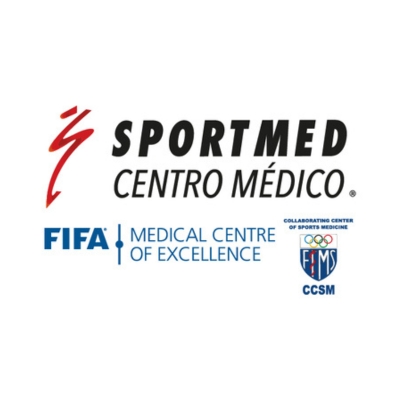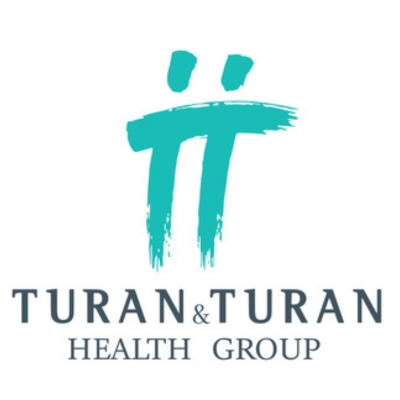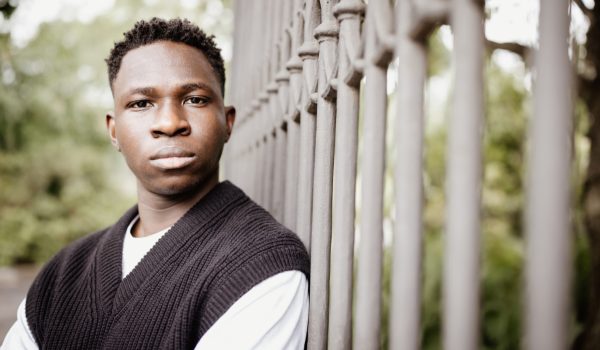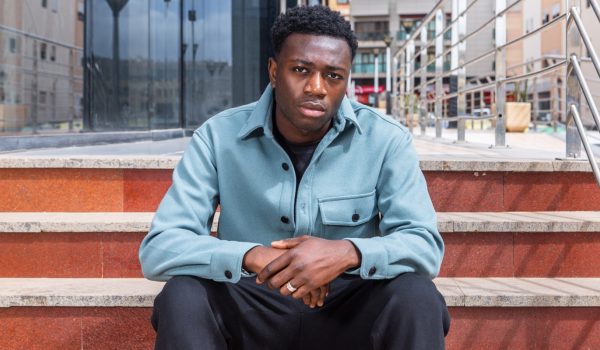Spinal cord injuries (SCIs) are serious and life-changing events that can affect people of all ages. When someone experiences an SCI, they may face difficulties with movement, sensation, and daily activities. Rehabilitation centers play a crucial role in helping individuals recover and adapt to their new way of life.
These centers offer various services and therapies designed to improve physical function, enhance independence, and support emotional well-being. In this blog, we’ll explore some of the best spinal cord injury rehabilitation centers around the world, highlighting the range of services they provide to help patients on their journey to recovery.
Top 5 SCI Rehabilitation Centers in the World
Choosing the best hospital for spinal stenosis surgery is crucial for ensuring optimal outcomes and a smooth recovery process. Several factors contribute to determining the top hospitals, including the expertise of the medical staff, advanced technology and facilities, success rates, patient satisfaction, and post-operative care. Below are detailed descriptions of some of the top hospitals globally renowned for their excellence in spinal stenosis surgery:
Group Florence Nightingale Hospitals in Istanbul Turkey
- Internationally renowned for its advanced spinal cord injury rehabilitation programs.
- Multidisciplinary team approach including neurologists, physiatrists, physical therapists, and psychologists.
- State-of-the-art facilities equipped with the latest technology for rehabilitation exercises and therapies.
- Personalized treatment plans tailored to each patient’s specific needs and goals.
- Comprehensive support services for patients and their families, including counseling and education.

Private Olimpos Hospital in Antalya Turkey
- Specializes in holistic rehabilitation programs for spinal cord injuries.
- Expert team comprising rehabilitation specialists, neurosurgeons, and physiotherapists.
- Utilizes cutting-edge technology such as robotic exoskeletons for gait training.
- Emphasis on intensive therapy sessions to maximize functional recovery.
- Beautiful and serene environment conducive to healing and relaxation.

Sportmed Centro Medico in Guadalajara Mexico
- Internationally recognized for its sports medicine expertise, also excels in spinal cord injury rehabilitation.
- Highly skilled team of physiatrists, sports therapists, and rehabilitation nurses.
- Comprehensive rehabilitation programs tailored to athletes and non-athletes alike.
- Advanced facilities including hydrotherapy pools and motion analysis labs.
- Incorporates sports-specific training techniques to enhance functional recovery.

Turan Turan Health Group in Bursa Turkey
- Leading provider of spinal cord injury rehabilitation in the region.
- Multidisciplinary team approach involving neurologists, orthopedic surgeons, and rehabilitation therapists.
- Comprehensive evaluation and assessment to customize treatment plans.
- Utilizes innovative rehabilitation techniques such as virtual reality therapy and biofeedback training.
- Focuses on maximizing independence and quality of life through functional training.
- Family-centered care approach with involvement in the rehabilitation process.

Costamed Medical Group in Mexico
- Renowned for its expertise in medical tourism and high-quality healthcare services.
- Specialized spinal cord injury rehabilitation programs delivered by experienced professionals.
- Collaborates with international partners to offer advanced treatment modalities.
- Emphasizes patient-centered care with a focus on individual needs and preferences.
- Comprehensive rehabilitation services including physical therapy, occupational therapy, and psychological support.
- Modern facilities equipped with state-of-the-art equipment for rehabilitation exercises.

Rehabilitation Approaches for Spinal Cord Injury (SCI)
Spinal cord injury (SCI) rehabilitation treatment encompasses a multidisciplinary approach aimed at maximizing recovery, independence, and quality of life for individuals with spinal cord injuries. Here is a list of common components of SCI rehabilitation treatment:
- Physical Therapy: Focuses on improving mobility, strength, coordination, and balance through exercises, stretching, and functional training.
- Occupational Therapy: Helps individuals regain skills needed for daily activities such as dressing, grooming, and household tasks, using adaptive techniques and equipment as necessary.
- Assistive Devices and Mobility Aids: Including wheelchairs, walkers, braces, and other assistive technologies to enhance mobility and independence.
- Functional Electrical Stimulation (FES): Uses electrical stimulation to activate paralyzed muscles, helping with muscle strengthening, circulation, and control.
- Aquatic Therapy: Conducted in a pool environment to provide buoyancy and reduce gravity’s effects, allowing individuals to exercise and improve mobility with less strain on the joints.
- Respiratory Therapy: Addresses respiratory complications and improves breathing function through exercises, breathing techniques, and respiratory equipment.
- Speech and Language Therapy: Helps individuals with communication difficulties, swallowing problems, and speech impairments resulting from spinal cord injury.
- Psychological Counseling and Support: Provides emotional support, coping strategies, and mental health services to address the psychological impact of SCI and promote adjustment and well-being.
- Vocational Rehabilitation: Assists individuals in returning to work or pursuing new career paths through vocational assessment, training, job placement, and accommodations.
- Pain Management: Addresses chronic pain associated with spinal cord injury through medications, interventions (such as nerve blocks), physical modalities, and alternative therapies.
- Recreational Therapy: Utilizes leisure activities and adapted sports to promote physical fitness, socialization, and emotional well-being.
Emerging Trends in SCI Rehabilitation
Spinal cord injury (SCI) rehabilitation continues to evolve with advancements in technology, research, and clinical practice. Here are some of the emerging trends shaping the future of SCI rehabilitation:
Robotics and Exoskeletons:
- Robotic-assisted therapy devices are being increasingly used in SCI rehabilitation to facilitate movement and improve motor function.
- Exoskeletons provide powered assistance to help individuals with SCI stand, walk, and engage in upright mobility, promoting physical activity and functional independence.
- These technologies offer opportunities for intensive, task-specific training and neurorehabilitation, enhancing recovery outcomes.
Neural Interfaces and Brain-Computer Interfaces:
- Neural interface technologies, such as brain-computer interfaces (BCIs), enable direct communication between the brain and external devices, bypassing the spinal cord injury.
- BCIs allow individuals with SCI to control assistive devices, prosthetics, and computer interfaces using neural signals, enhancing autonomy and improving quality of life.
- Ongoing research aims to further refine and expand the applications of neural interfaces in SCI rehabilitation, including neuroprosthetics and neurorehabilitation strategies.
Virtual Reality and Gamified Therapy:
- Virtual reality (VR) and augmented reality (AR) platforms are being integrated into SCI rehabilitation programs to provide immersive and engaging therapy experiences.
- VR-based rehabilitation exercises simulate real-world environments and activities, offering interactive feedback and motivation for patients to participate in therapy sessions.
- Gamified therapy approaches utilize game mechanics and rewards to make rehabilitation exercises enjoyable, fostering adherence and promoting functional recovery.
Stem Cell Therapies and Regenerative Medicine
- Stem cell-based therapies hold promise for promoting tissue repair and regeneration in individuals with SCI, potentially restoring lost neurological function.
- Clinical trials are underway to investigate the safety and efficacy of various stem cell approaches, including mesenchymal stem cells, neural stem cells, and induced pluripotent stem cells.
- Regenerative medicine strategies aim to harness the body’s innate healing mechanisms to repair damaged spinal cord tissue and promote neural recovery, offering hope for future breakthroughs in SCI treatment.
FAQs about SCI Rehabilitation
What is spinal cord injury (SCI) rehabilitation?
SCI rehabilitation refers to the comprehensive process of medical, therapeutic, and supportive care aimed at helping individuals with spinal cord injuries regain function, independence, and quality of life.
How long does spinal cord injury rehabilitation take?
The duration of SCI rehabilitation varies depending on factors such as the severity of the injury, individual progress, and specific rehabilitation goals. Rehabilitation may occur in acute care settings, specialized rehabilitation centers, and ongoing outpatient therapy.
What types of therapies are involved in SCI rehabilitation?
SCI rehabilitation typically includes a combination of physical therapy, occupational therapy, speech therapy (if applicable), psychological counseling, vocational rehabilitation, recreational therapy, and pain management.
What are the goals of SCI rehabilitation?
The primary goals of SCI rehabilitation are to maximize physical function, improve mobility and independence in daily activities, manage complications associated with SCI, enhance psychological well-being and adjustment to disability, facilitate community reintegration, and optimize overall quality of life.
What are some common challenges faced during SCI rehabilitation?
Challenges during SCI rehabilitation may include adapting to changes in physical abilities, managing chronic pain and secondary health conditions, navigating emotional and psychological adjustments, addressing barriers to accessibility and participation, and transitioning back to home, school, or work environments.
Are there any emerging treatments or technologies in SCI rehabilitation?
Yes, emerging trends in SCI rehabilitation include advancements in robotics and exoskeletons, neural interfaces and brain-computer interfaces, virtual reality and gamified therapy, and stem cell therapies and regenerative medicine. These innovations hold promise for enhancing recovery outcomes and improving quality of life for individuals with SCI.
How can individuals with SCI find the right rehabilitation center for their needs?
Individuals with SCI can research rehabilitation centers based on factors such as specialized expertise in SCI care, range of rehabilitation services offered, facility amenities and accessibility, success rates and patient testimonials, and proximity to home or support networks. Consulting with healthcare providers and seeking recommendations from peers or advocacy organizations can also be helpful in selecting a rehabilitation center.
Ready to explore the world’s top spinal cord injury rehabilitation centers and stay updated on the latest trends in SCI rehabilitation? Start your journey to recovery and empowerment today!





